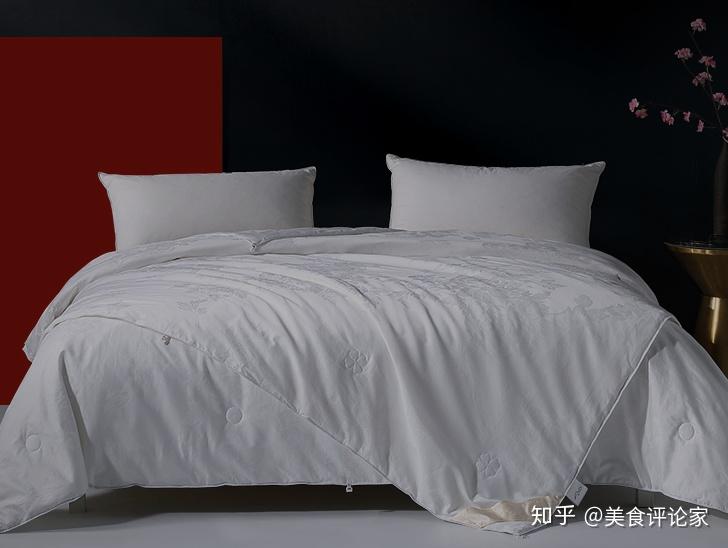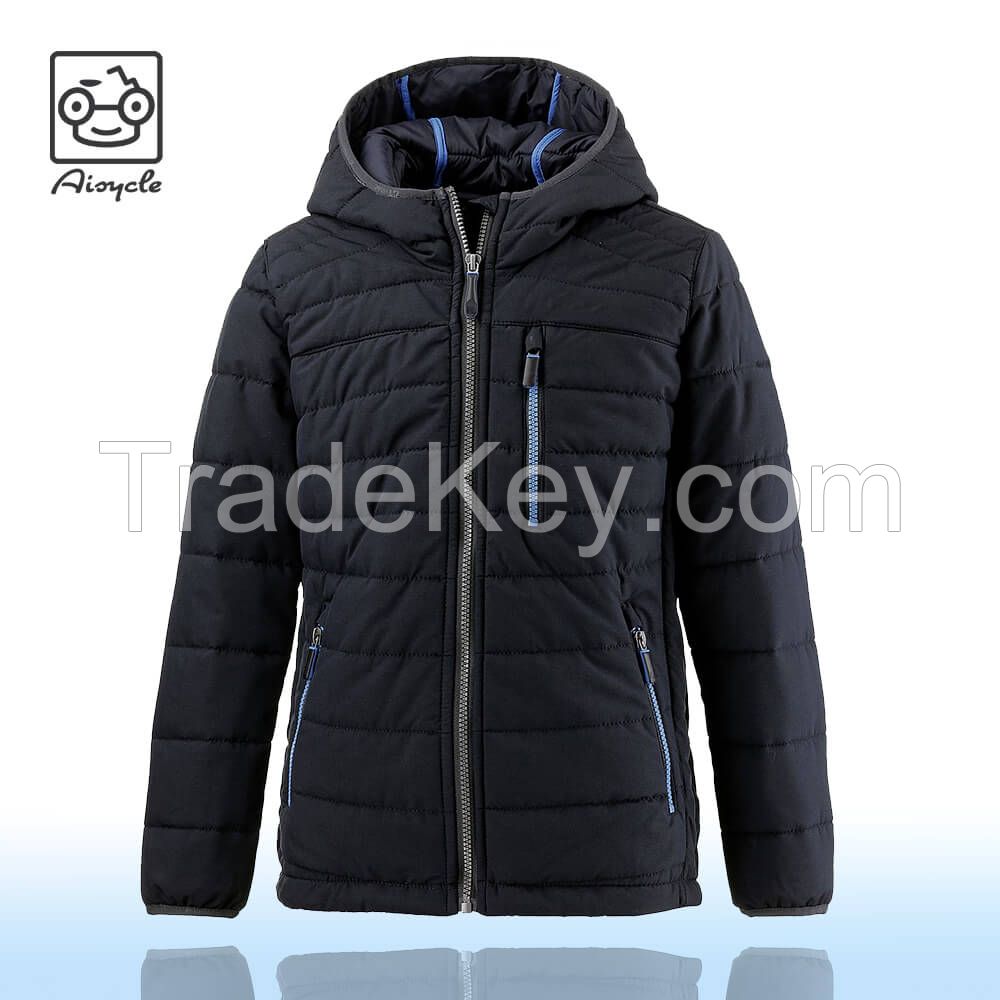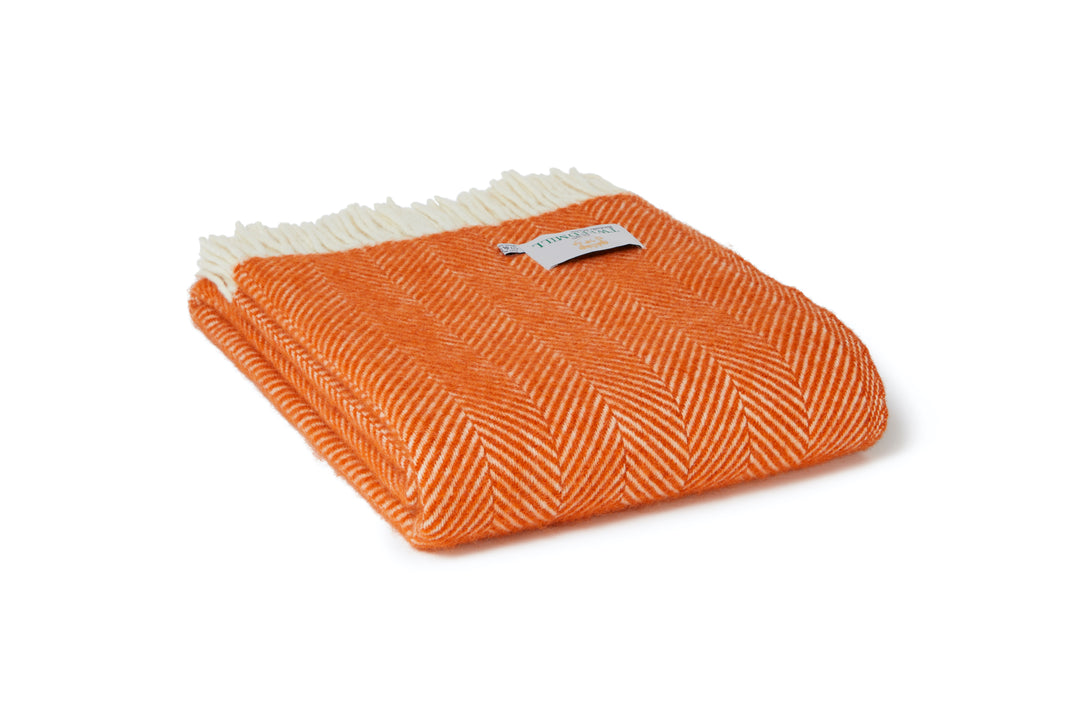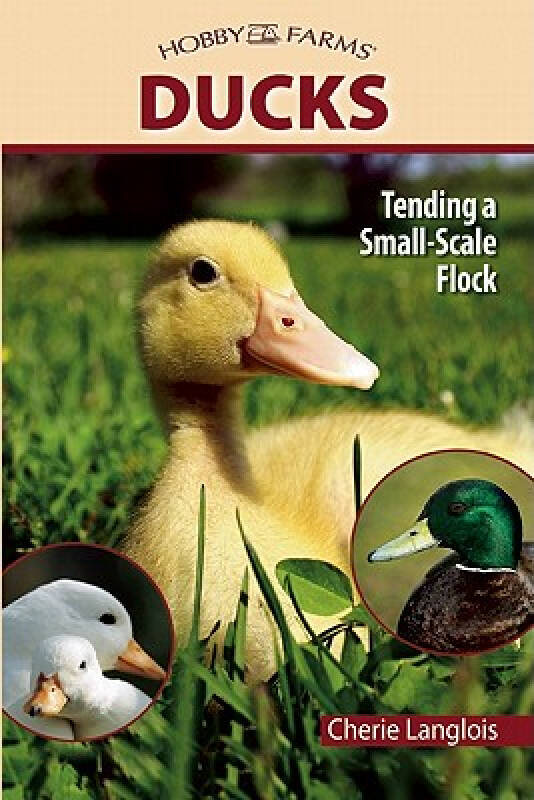羽绒被与纤维被,保暖床品的比较
In this article, we compared the warmth-keeping performance of down comforters and fiber comforters. We introduced the characteristics and common sense of the two types of bedding products, as well as their differences in warmth retention, material and other aspects. We also pointed out that down comforters have better warmth-keeping performance and are more suitable for cold weather, while fiber comforters are more suitable for warm weather. In addition, we mentioned that the quality of down comforters should be selected based on the feather content and the number of down, while fiber comforters should be selected based on the material and workmanship. Finally, we stated that both down comforters and fiber comforters have their own advantages and disadvantages, and consumers should choose the right one for their needs.
Abstract:

This paper compares the performance of down comforters and synthetic comforters as bedding for warmth. We explore the thermal properties, construction, and maintenance of both types of comforters to aid in the selection of an appropriate bedding item for a comfortable and warm sleep.
Introduction:
Maintaining a comfortable body temperature during sleep is essential for a good night’s rest. Comforters, whether made from down or synthetic fibers, serve as a crucial layer between the sleeper and the cold. In this article, we delve into the world of down comforters and synthetic comforters to help you understand the benefits and drawbacks of each type.
Down Comforters:
Down comforters are typically made from the feathers of ducks or geese. These comforters have been in use for centuries due to their excellent thermal properties. The hollow structure of down feathers traps air, providing exceptional insulation against the cold. This insulating ability allows down comforters to keep you warm even in cold weather.
Moreover, down comforters are highly compressible, making them an ideal choice for those who travel frequently. However, one significant drawback of down comforters is that they are not suitable for allergy sufferers due to their feather content. Additionally, down comforters require regular maintenance to keep them clean and odor-free.

Synthetic Comforters:
Synthetic comforters, on the other hand, are made from fibers like polyester or microfiber. These comforters have become popular in recent years due to their affordability and hypoallergenic nature. Unlike down comforters, synthetic comforters do not contain any natural materials, making them an excellent choice for allergy sufferers.
Moreover, synthetic comforters are machine-washable, making them easy to clean and maintain. However, one drawback of synthetic comforters is that they may not provide the same level of warmth as down comforters in cold weather. Additionally, synthetic comforters may not last as long as their down counterparts due to their lower durability.
Conclusion:
In conclusion, down comforters and synthetic comforters each have their own set of benefits and drawbacks. The best choice for you depends on your budget, allergies, and personal preferences. If you are looking for a warm and comfortable bedding item, either type of comforter can be a good option. However, if you suffer from allergies or need a machine-washable option, a synthetic comforter may be the better choice. On the other hand, if you value warmth and natural materials, a down comforter may be the right choice for you.
Articles related to the knowledge points of this article:
Title: The Top 10 Down Comforter Brands in the Market
Title: How Heavy Should a Down Comforter Be? - A Comprehensive Guide
The journey of the down comforter
Old Down Comforter into New Down Comforter: A Simple Guide
How to Make a Down Comforter: A Comprehensive Guide for Beginners
Title: The Nest of Down: A Journey into the World of Down Comforters



